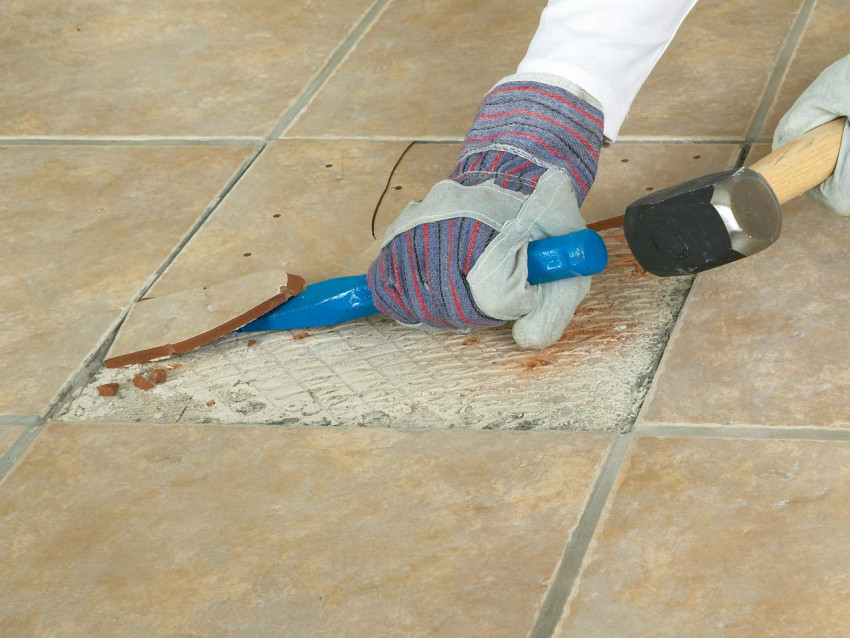The science of surface is a multifaceted domain that delves into the intricate techniques of professional tile removal, a process that goes beyond mere physical labor and requires a deep understanding of materials, tools, and methods. At its core, tile removal is about efficiently and effectively stripping away tiles while preserving the integrity of the underlying surface. One of the fundamental aspects of this science lies in the selection and utilization of appropriate tools. Professionals must assess factors such as tile type, adhesive strength, and surface material to determine the most suitable tools for the job. For instance, pneumatic chisels or jackhammers might be employed for thick, stubborn tiles, while smaller handheld tools like scrapers or grout saws may be used for more delicate surfaces. Moreover, understanding the properties of different tile adhesives is crucial. Adhesives vary in composition and strength, requiring specialized approaches for removal. Chemical solvents, heat guns, or mechanical scraping may be employed depending on the adhesive’s characteristics and the surface material beneath the tiles. Additionally, professionals must consider the environmental impact of their techniques, opting for eco-friendly solutions whenever possible.

The science of surface also encompasses safety measures to mitigate risks associated with tile removal. Dust and debris can pose respiratory hazards, necessitating the use of protective gear such as respirators and goggles. Furthermore, proper ventilation and containment measures are essential to minimize exposure to harmful particles. Additionally, ergonomic considerations play a significant role in tile removal techniques. Professionals must utilize tools and adopt postures that reduce strain and fatigue, ensuring sustained productivity and minimizing the risk of injury. Understanding the underlying principles of physics and mechanics is advantageous in optimizing tile removal processes. For instance, applying controlled force at precise angles can expedite tile separation while minimizing damage to the substrate. Moreover, knowledge of material properties enables professionals to anticipate and address potential challenges. For instance, brittle substrates may require gentler removal techniques to prevent cracking or fracturing.
The science of surface extends beyond the removal phase to encompass surface preparation for subsequent treatments. Dust Free Tile Removal, surfaces often require cleaning, leveling, and possibly priming before new materials can be installed. Understanding the interplay between surface treatments and material compatibility is essential to achieve optimal results. Additionally, professionals must consider factors such as moisture levels, temperature fluctuations, and environmental conditions that may affect the longevity and performance of surface treatments. In conclusion, the science of surface encapsulates a holistic approach to professional tile removal, integrating knowledge from various disciplines to achieve efficient, safe, and high-quality outcomes. By leveraging tools, materials, techniques, and principles from fields such as engineering, chemistry, and ergonomics, professionals can navigate the complexities of tile removal with precision and expertise, ensuring surfaces are primed for future applications.
